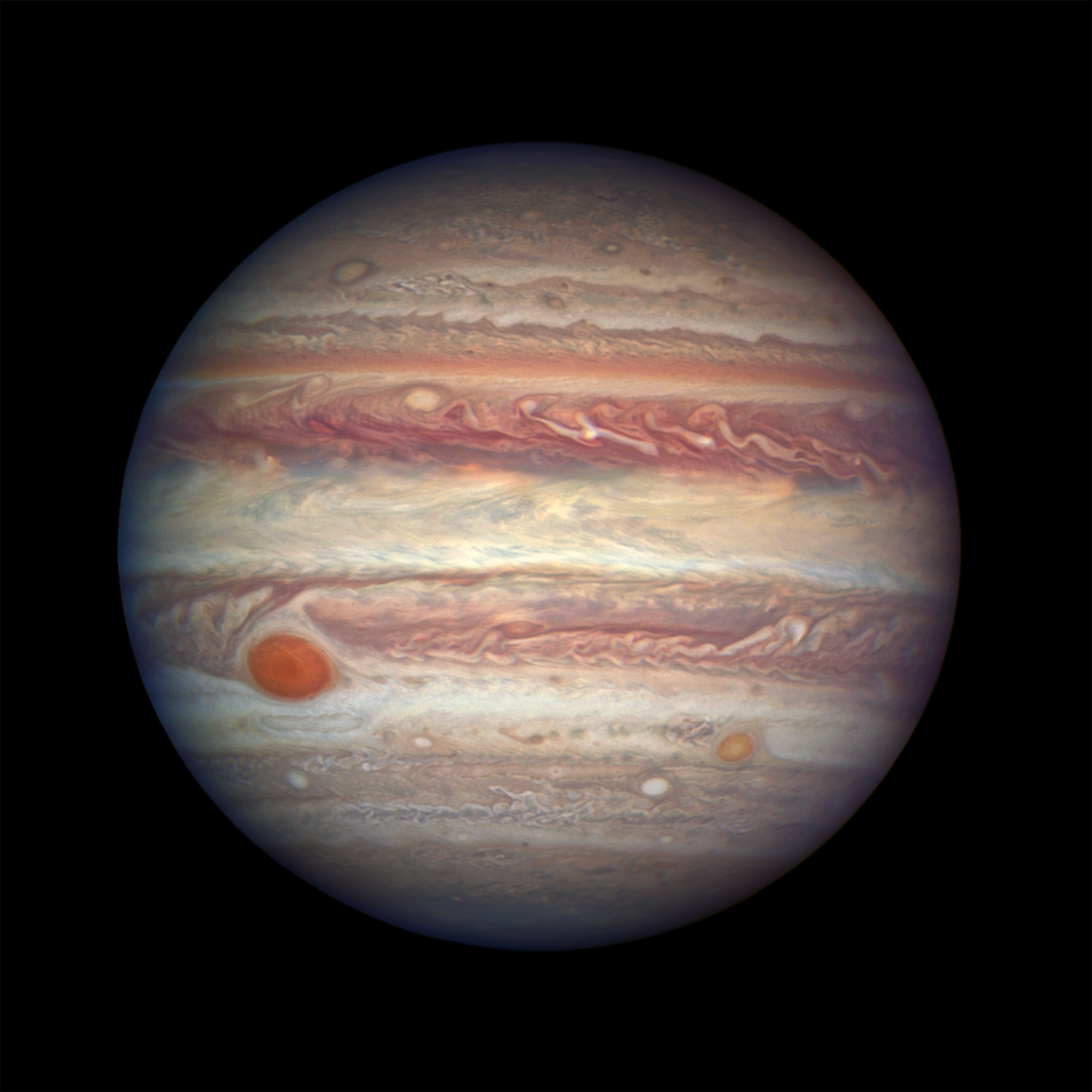When it comes to planets in our solar system, there’s really only one that stands out from the rest—Jupiter. It’s the largest planet in our solar system by far, even bigger than all of the other planets combined! But Jupiter has more going on inside and outside of it than most people realize—here are 10 facts about Jupiter that you may not know:
Jupiter is a massive planet.
Jupiter is a well-known Solar System giant planet. But this doesn’t do it justice. It’s 318 times heavier than Earth. Jupiter has 2.5 times the mass of the entire Solar System. Jupiter is the largest planet in our solar system, and it’s also one of the strangest planets in the solar system.
Jupiter is incapable of becoming a star.
Astronomers call Jupiter a failed star, but this is incorrect. Jupiter has plenty of hydrogen and helium but not enough mass to launch a fusion reaction in its core like a star. Stars generate energy by fusing hydrogen atoms under extreme heat and pressure to form helium.
Jupiter is the fastest spinning planet.
Jupiter, despite its massive size and mass, moves quite swiftly. With a rotational velocity of 12.6 km/s (7.45 m/s) or 45,300 km/h (28,148 mph), the planet completes a full rotation on its axis in about 10 hours. The planet has flattened out at the poles and bulged at its equator due to its rapid rotation.
Jupiter’s clouds are only 50 kilometers thick.
Jupiter’s beautiful whirling clouds and storms are only 50 kilometers deep. They’re made up of two ammonia crystal cloud decks. The darker stuff is thought to be chemicals drawn up from deeper beneath Jupiter and colored by sunlight. But, beneath those clouds, it’s only hydrogen and helium.
It’s been a long time since the great red spot appeared.
One of Jupiter’s most prominent features is the Great Red Spot. This anticyclonic storm, located south of the equator, has a diameter of 24,000 km and a height of 12–14,000 km. It’s big enough to hold two or three planets with diameters comparable to Earth’s. And the location has been known for at least 350 years, having been discovered in the 17th century.
Jupiter is encircled with rings
When people think of ring systems, they think of Saturn. But Uranus and Jupiter have rings. Jupiter’s were identified third because of their weakness (after the other two). Inner particles, bright main rings, and outer gossamer rings make up Jupiter’s rings.
In comparison to Earth’s magnetic field, Jupiter’s is 14 times stronger.
Compasses could be helpful to Jupiter. It boasts the Solar System’s strongest magnetic field. This magnetic field catches Sulphur dioxide particles produced by Io’s volcanic eruptions. With the help of hydrogen ions from Jupiter’s atmosphere, these ions form an equatorial plasma sheet.
Jupiter has a total of 67 moons.
Jupiter currently has 67 confirmed and named satellites. Around 200 natural satellites are orbiting the planet. They were discovered after the first spacecraft (Pioneer 10) arrived at Jupiter in 1975.
Seven spacecrafts have visited Jupiter.
Pioneer 10 visited Jupiter in December 1973, and Pioneer 11 in December 1974. Then there were the 1979 flybys of Voyager 1 and 2. Ulysses arrived in February 1992, followed by Galileo in 1995, and then a long silence. Cassini made a flyby of Saturn in 2000. Finally, NASA’s New Horizons mission flew by in 2007. The last mission to Jupiter, but not the last.
Jupiter is visible to the naked eye.
Jupiter is the third brightest planet after Venus and the Moon. You probably noticed Jupiter in the sky but didn’t know what it was. You can research on the best times to see Jupiter in the night sky.
![]()
